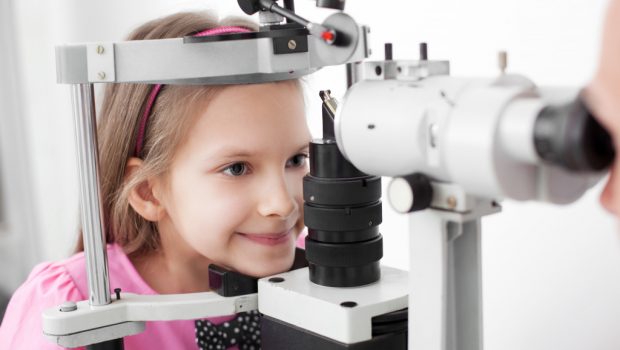Technology in Optometry: How It Has Benefited the Industry
Technology has come a long way in the optometry industry. It has changed the way optometrists do things and has improved patient outcomes, too. As a result, more people have been able to achieve better eye health because of optometry.
What is Optometry?
Optometry is a branch of medicine that deals with the eyes and vision. Optometrists are eye care professionals who assess, diagnose, treat, and manage diseases, disorders, and conditions of the eye and visual system.
Technology has played a big role in optometry. It has helped optometrists to be able to do their jobs better and has also helped improve patient outcomes. There are many different types of technology that have been beneficial to optometry. Some of the most common ones include:
Electronic Health Records (EHRs)
EHRs have helped optometrists to be able to track patients’ medical history more easily. This is important because it can help them to make informed decisions about treatment plans and also helps them keep track of progress over time.
Computerized Refraction Systems
Computerized refraction systems have helped optometrists to be able to test patients’ vision more accurately. This is important because it helps them to prescribe the right glasses or contact lenses for each individual patient.
Eye-Tracking Devices
Eye-tracking devices have helped optometrists to be able to diagnose and treat eye conditions more effectively. This is important because it can help improve patient outcomes and also helps optometrists to save time on diagnosis and treatment.
Because of these and many other benefits, technology has played a big role in improving optometry and has helped to improve the industry as a whole.
For instance, glasses for visually impaired people can now be made in under an hour. This is because technology has allowed for the development of new methods and materials to be used in optometry.
In addition, technology has also allowed for the development of new treatments for eye conditions. For example, there are now treatments available for conditions such as macular degeneration and glaucoma that were not available in the past.
All of these advances have helped to improve the optometry industry and have made it possible for more people to achieve better eye health. Thanks to technology, optometry is able to provide better care than ever before.
Different Eye Health Problems And Technologies Used to Treat Them
There are plenty of eye health problems that technology has helped to improve. Here are some of the most common ones:
Myopia
Myopia, also known as nearsightedness, is a condition in which people can see objects close to them clearly but have difficulty seeing objects that are far away. This is because the eyeball is too long or the cornea (the clear front surface of the eye) is too curved. Myopia affects about 30% of the population.
Hyperopia
Hyperopia, also known as farsightedness, is a condition in which people can see objects that are far away clearly but have difficulty seeing objects that are close to them. This is because the eyeball is too short or the cornea (the clear front surface of the eye) is too flat. Hyperopia affects about 12% of the population.
Astigmatism
Astigmatism is a condition in which the eyeball is oval-shaped instead of round. This causes light to bend in different directions, which results in blurred vision. Astigmatism affects about 18% of the population.
Presbyopia
Presbyopia is a condition that occurs when the lens of the eye becomes less flexible over time. This makes it difficult for people to focus on objects that are close to them. Presbyopia generally begins around age 40 and affects about 75% of people by age 60.
There are many different types of technology that are used to treat these conditions. Some of the most common ones include:
Eyeglasses
Eyeglasses are the most common type of vision correction. They work by bending the light that enters the eye in order to help people see more clearly.
Contact Lenses
Contact lenses are another type of vision correction. They work by sitting on the surface of the eye and correcting the way that light bends when it enters the eye.
LASIK Surgery
LASIK surgery is a type of surgery that is used to correct vision problems. It works by changing the shape of the cornea (the clear front surface of the eye).
PRK Surgery
PRK surgery is another type of surgery that is used to correct vision problems. It works by removing part of the cornea (the clear front surface of the eye).
These are just a few of the different types of technology that are used in optometry. As you can see, technology has played a big role in improving the optometry industry and has helped to make it possible for more people to achieve better vision. Thanks to technology, optometrists are able to provide better care than ever before.








Gloss